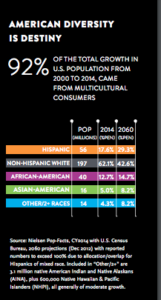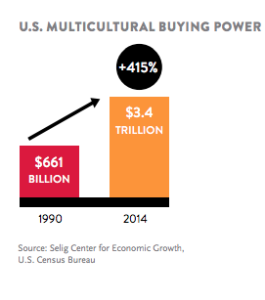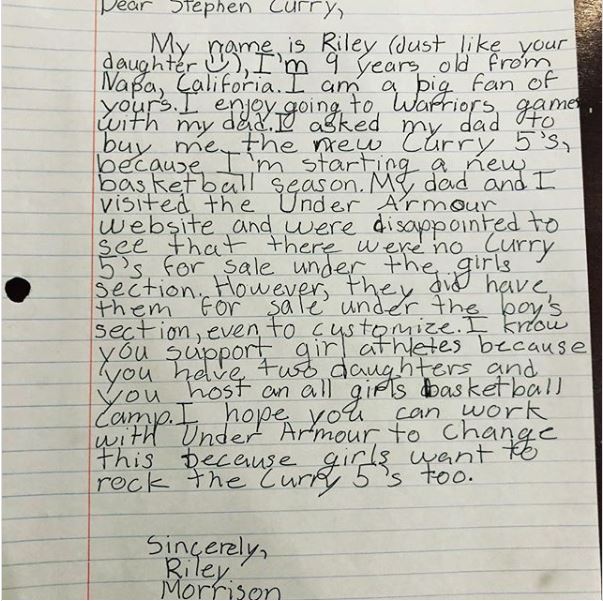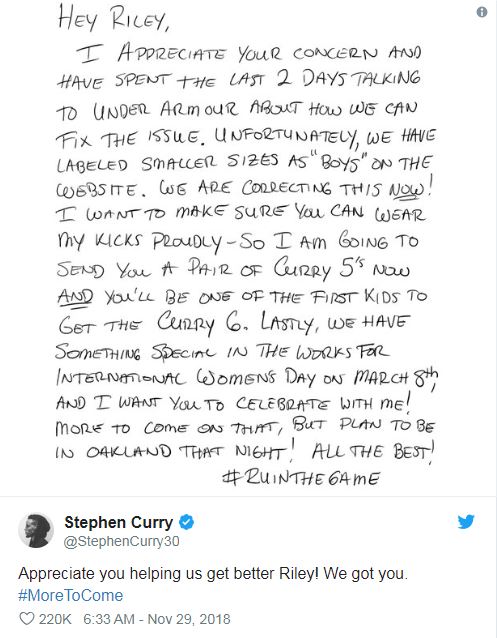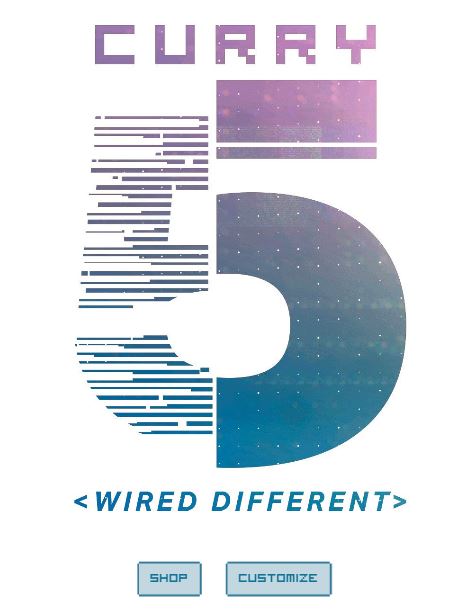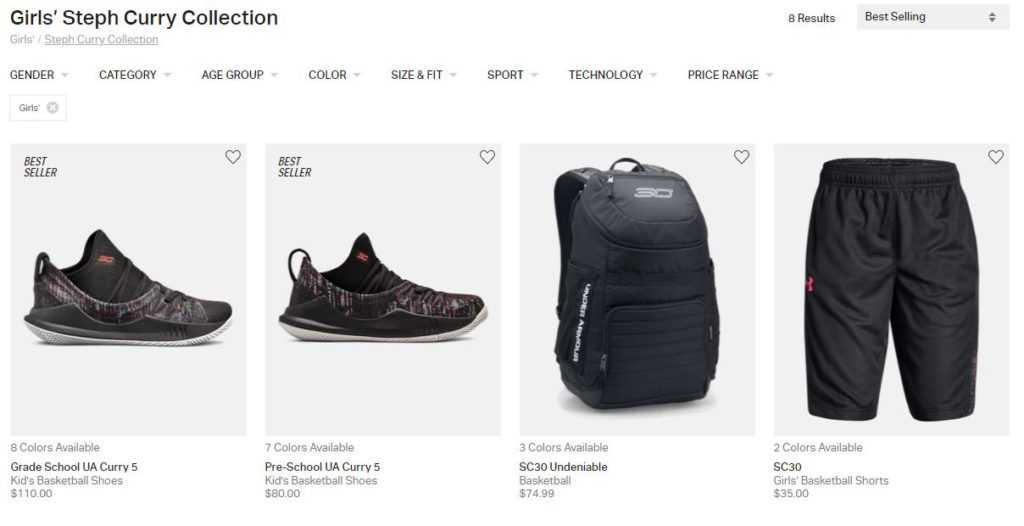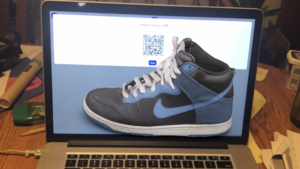In 2015, influencer marketing was a sizable $500 million industry. This year, the size of the industry has grown to over $3 billion and is predicted to explode up to $10 billion by as early as 2020. Needless to say, influencer marketing is here to stay, and savvy brands/companies need to ensure that they are leveraging the potential of this type of marketing in order to keep up with the competition.
As the industry matures, technologies and platforms shift, and users become exposed to an increasing number of influencers, marketing trends change quickly from year to year. What worked in 2015, or even in 2018, will no longer be as effective moving forward. As we head into 2019, companies and brands will have to rapidly adapt to influencer trends or risk wasting precious resources on efforts that yield little to no results.
In this blog post, we explore three key practices that companies should pay special attention to as they plan their influencer marketing trends for the upcoming year: authenticity, accountability, and the very fundamentals of effective marketing.
Authenticity and the “Organic” Touch
There’s no getting around it: the influencer marketing arena has become saturated. This growth hasn’t been all positive either, and outlets such as Forbes and Buzzfeed have reported widely on the diminishing gains of social media influencers. For one, accounts that are “too big” (with upwards of 10,000 followers and more) see flattened engagement rates across the board. Once an influencer is too big, his/her ability to influence is diminished significantly, making additional investments a waste.
Not only that, but users have been overexposed to far too much online marketing, which has led to distrust and cynicism on the part of users. Marketing efforts that are inauthentic or too blatant will put people off, and the oversaturation of influencer marketing is turning consumers against the medium, with Forbes recently reporting that over 49% of users want to see restrictions or limitations placed on influencer marketing. Social media platforms are always focused on optimizing the user experience, and companies such as Instagram are promoting more transparency in the way content is delivered to their users.
However, this doesn’t mean that influencer marketing is on its way out. One way in which companies can stay ahead of the game is by promoting authenticity and producing content that feels organic and reaches audiences that are passionate about certain products or services. One way to achieve this is via micro influencers. Instead of relying on one or two superstars, companies will be much better served by tapping into a small handful of enthusiasts and actual users/endorsers of the product. After all, you only need a small handful of influencers to create the perception that a lot of people are talking about your product. Micro influencers allow you to boost performance even amidst crowded markets while pushing a more organic engagement with quality leads. Recent figures have shown that micro influencers are 6.7 times more cost effective than bigger influencers and generate 22 times as much social buzz as their more popular counterparts.
Whatever your approach is, authenticity will continue dominating in 2019 and forward, making it an important cornerstone for effective influencer marketing endeavors.
Accountability and Analytics
As influencer marketing continues to grow, authenticity will be critical not just for the consumer, but for the brands and companies that are looking to further their marketing efforts via social media. The reason for this is that fraud is rampant within this ballooning industry, and companies that don’t perform their due diligence could find themselves paying to reach ineffective or downright fake audiences.
Recently, over 15% of Twitter users have been identified as fake accounts or bots, and Facebook doesn’t fare any better. The social media giant currently hosts over 60 million fake or automated accounts, a staggering amount given the number of marketing efforts and dollars that are poured into the website. Inauthentic internet traffic is a huge problem that requires immediate addressing, a problem that would-be influencers continue to exploit. In fact, it takes less than $300 to create an image of success and attract businesses who are looking to market their products via social media influencers. Companies that provide fake followers and views for these deceptive influencers are a dime a dozen these days, and social media platforms themselves have done little to combat this specific problem.
Not all influencers are looking to engage with your brand in good faith even after they cash that check, which is why accountability is critical. The best way to ensure that your marketing influencer endeavors are fruitful is via in-depth analytics, which is where a qualified professional is worth his/her weight in gold.
Michael Quoc writes about this very issue in a recent article published by Pole Position Marketing. He identifies various “red flags” that could give away a fake or deceptive influencer, and recommends that companies track metrics such as suspicion changes in follower/viewer trends, overall low engagement across the board, inconsistent or spammy commentary, bad hashtag practices, and more. In other words, companies that are willing to do their homework and adopt a robust set of analytics practices are positioned to come ahead of the competition, especially as the fight against bots and deceptive tactics continues to heat up.
Sticking to The Fundamentals: Focus on Proven, Tested Efforts
This brings us to the next point: you should not neglect proven, tested efforts! This is especially true within the arena of influencer marketing because, as Greg Satell explains in a recent Harvard Business Review article, influencer marketing involves a lot of wasted effort and resources. Despite the fact that billions of dollars are dumped into influencer marketing, there is much evidence to suggest that a lot of these efforts are a downright waste of time and money, at least when not properly calibrated.
He goes on to identify the elements of influencers who have proven to be effective time after time: passion, density, and empowerment, themes that resonate with concepts of authenticity and organic content. Simply throwing darts to see what sticks is not enough, you need to consider the context of your industry, identify the needs and wants of your customers, and select the ideal influencers that share passions and interests with your prospective customers. This further bolstering a sense of empowerment and brand loyalty, promoting engagement and higher conversion rates. In terms of density, research suggests that capturing the biggest audience possible is counterintuitive; your influencer marketing efforts should hone in on more specific demographics and they should be spread across multiple smaller influencers rather than one or two “big fish” influencers.
Finally, always brush up on your research and stay up to date with what currently “works.” For example, leveraging new, dynamic technologies has been shown to increase engagement. One example of this is the shift to the short video format that has proven to be highly effective. Compared to text or static image content, video content is twice as likely to convert users into customers.
This also applies to the very platform upon which your message is being spread. The social media giants are not equal in terms of marketing efforts and output, especially in regards to content. Currently, Instagram and Instagram stories in particular are proving to be the dominating venue, as engagement and attachment rates are much higher than on its sister website, Facebook. Both are owned by the same entity, yet both will produce wildly different results based on your marketing needs and specific industry. Brush up on the context of your products and services, identify what works and doesn’t work within your competition, and use this knowledge to carve out an advantage in order to stay on top of constantly shifting influencer marketing trends.
To put it in simpler terms, don’t just throw money into influencer marketing. Constantly assess these marketing endeavors, calibrate as needed, and make sure that you’re consistently getting something for your investment. Otherwise your efforts are better spent elsewhere.
Calculated, Quantifiable Efforts is the Name of the Game
Moving forward, the constantly-shifting influencer marketing sphere is only going to become increasingly crowded. Shrewd companies and brands can take advantage of this increased competition, but only if they focus on three key areas proven to be critical for influencer marketing success: authenticity, accountability, and proven effectiveness.
Sources
Arnold, A. (2018, November 27). How Brands Can Improve Influencer Marketing To Remain In Touch With Consumers . Retrieved from https://www.forbes.com/sites/andrewarnold/2018/11/27/how-brands-can-improve-influencer-marketing-to-remain-in-touch-with-consumers/#7f6e667b4962
Davies, J., & Flynn, K. (2018, November 28). ‘We don’t pay influencers on reach’: How Kellogg’s is combating influencer fraud. Retrieved from https://digiday.com/marketing/influencer-fraud-kelloggs/
Fender, J. (n.d.). 2019 Influencer Marketing Trends for Brands. Retrieved from https://www.business2community.com/marketing/2019-influencer-marketing-trends-for-brands-02143212
Ghosh, S. (2018, November 27). Interview with Thomas Owadenko, President and Founder at Octoly. Retrieved from https://martechseries.com/mts-insights/interviews/interview-thomas-owadenko-president-founder-octoly/
Lee, J. (2018, March 03). What Does It Cost To Be Big On Instagram? Retrieved from https://www.buzzfeednews.com/article/jarrylee/what-does-it-cost-to-be-big-on-instagram
Quoc, Michael. (2017, October 18). Identify Fake Influencers: Analyzing Follower & Engagement Stats | PPM. Retrieved from https://www.polepositionmarketing.com/emp/the-case-of-the-fake-influencers-spotting-inflated-follower-engagement-stats/
Satell, G. (2014, November 05). 3 Reasons to Kill Influencer Marketing. Retrieved from https://hbr.org/2014/09/3-reasons-to-kill-influencer-marketing?autocomplete=true



